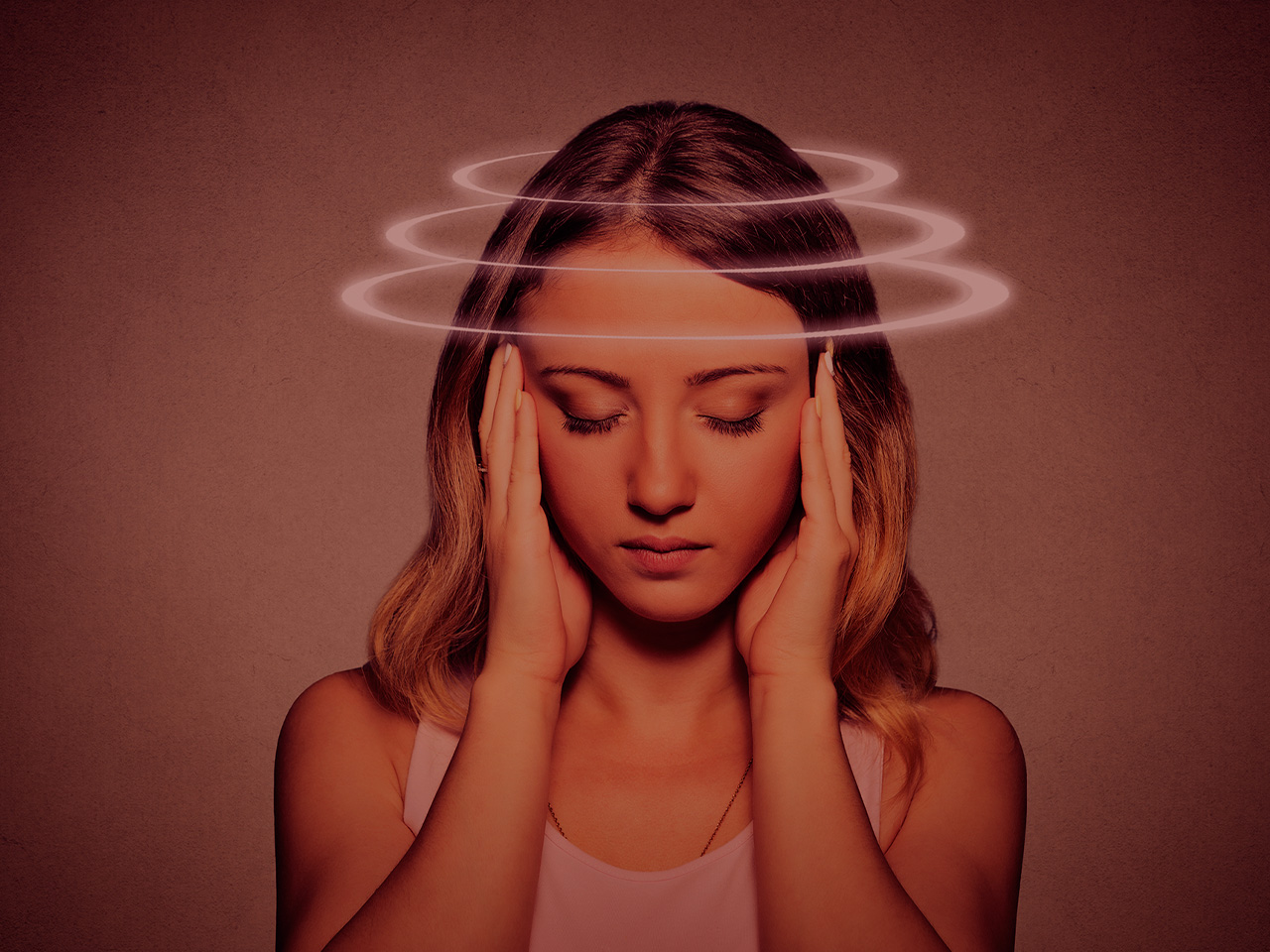Table Of Content

However, some individuals have described a transient increase in symptoms after further motion experiences. Some physicians suggest taking benzodiazepines to suppress the vestibular system during travel. While many patient members claim this course of action helps, clinical studies are required to prove their effectiveness across the population of MdDS sufferers. MdDS may persist for months to years, and there is a likelihood of recurrence after an initial onset.
I Tried These Sea Sickness Hacks on My First Cruise - POPSUGAR
I Tried These Sea Sickness Hacks on My First Cruise.
Posted: Fri, 29 Dec 2023 08:00:00 GMT [source]
A Guide to Cruises and Vertigo
Dr. Cherylea Browne (B.MedSci (Hons), Ph.D) is a Senior Lecturer in Human Anatomy at Western Sydney University and also an MdDS patient. Her research focuses on understanding the underlying mechanisms of MdDS and investigating novel treatments. MdDS is a complex disorder that requires more research, yet in the current years the awareness related to MdDS has increased, and with this patient care and management can be improved.
Having MdDs or Mal de Debarquement Syndrome

After the cruise, your brain takes some time to get back to normal, hence the symptoms you experience. You’ll feel as if you’re still on the ship and everything around you will appear to be in motion. This explains why the symptoms seem to disappear when you get into a moving vehicle or you engage in an activity that requires a lot of movement. In most cases, this feeling will pass on its own after a few days. While the exact causes are not known the most prevailing theory suggests that MdDS may arise from an imbalance in the brain’s vestibular system, responsible for maintaining balance and spatial orientation. The prolonged exposure to motion disrupts the brain’s ability to readjust to stable conditions, leading to the persistent rocking sensation.
How to avoid seasickness on your next cruise - The Points Guy
How to avoid seasickness on your next cruise.
Posted: Tue, 25 Jul 2023 07:00:00 GMT [source]
The Role of the Inner Ear in Motion Sickness
When you’re on a cruise ship, your body is constantly adjusting to the rolling and swaying motions caused by the waves. This continuous movement can disrupt the sense of balance and coordination, leading to feelings of dizziness. Another factor that contributes to dizziness after a cruise is the changes in sensory input experienced onboard.
Choose the Right Seat
Fortunately, there are treatments available that can help you manage your symptoms and improve your quality of life. Some modes of transportation can trigger motion sickness more than others. If you know you’re prone to motion sickness, try to avoid cars, buses, and trains that have a lot of sudden stops and starts. Instead, opt for a cruise ship or plane, which tend to have smoother rides. If you’re traveling by car, try to sit in the front seat and focus on the road ahead. Finally, acupuncture is an alternative therapy that can be effective in reducing symptoms of motion sickness.
It’s no secret that vertigo can arise from all sorts of health problems. However, not a lot of people know that it can stem from boat travel too. Doctors refer to this condition as Mal de Debarquement Syndrome (MdDS).
In the next sections, we’ll explore specific remedies and strategies to address post-cruise dizziness and promote a smoother transition back to solid ground. In addition to the impact on the vestibular system, the visual environment on a cruise ship can also contribute to dizziness. Normally, your brain relies on visual cues to maintain balance and spatial orientation.
What is mal de débarquement syndrome (MdDS)?
If you have concerns about the side effects of a particular medication, talk to your doctor or pharmacist. Sea-Bands are similar to wristbands but are worn on your ankles instead. They work by applying pressure to the Pericardium 6 (P6) acupressure point, which is believed to help relieve nausea and vomiting. Sea-Bands are a good option if you prefer not to wear something on your wrists or if you find wristbands uncomfortable.
Her work focuses on Mal de Debarquement Syndrome (MdDS) and central vestibular disorders as well as dizziness post mild traumatic brain injuries. She is also a consultant for life-science and medical enterprise at Catalyze Group. Viviana was awarded the Future Science Early Career Research Award in 2018. She was previously affiliated with Mount Sinai Hospital in New York, USA and the University of Zurich in Switzerland. Anticholinergic medications that work for typical forms of dizziness and motion sickness, such as meclizine or scopolamine, are not effective in either treatment or prevention of MdDS. Further research is required for a greater understanding of the disorder.
Then the number of signals your brain is getting from the right side of the vestibular organs is the same amount from the left side. However, when your head turns to look at something to the right of you, the number of signals from the right ear increases and the number from the left ear decreases. This difference in signals is responsible for eye movements and keeping your gaze still during active head motion. That feeling of nausea, the dizziness that makes the world spin – it can make the simplest journey feel like a grueling ordeal. The constant battle to keep your balance and composure can be exhausting. If your diagnosis is mal de debarquement, your doctor will likely send you to a physical therapist who specializes in vestibular rehabilitation.
Individuals with pre-existing vestibular disorders or those who are more sensitive to motion may experience more severe dizziness after a cruise. In such cases, the challenges posed to the vestibular system may be more profound, resulting in heightened symptoms. It’s important to note that for most individuals, these symptoms are temporary and will resolve once the body adjusts back to stable ground. Anxiety and stress can exacerbate the sensations of dizziness after a cruise.
Clinical awareness about this condition is limited, as is research; thus, many patients go undiagnosed. In this case report, the authors describe a case of a severe headache as a major presenting symptom of MdDS in a 46-year-old woman who eventually attained full resolution of symptoms. This report aims to highlight this unique presentation and make practitioners more aware of the cardinal clinical features, to assist in prompt diagnosis of this disorder.

No comments:
Post a Comment